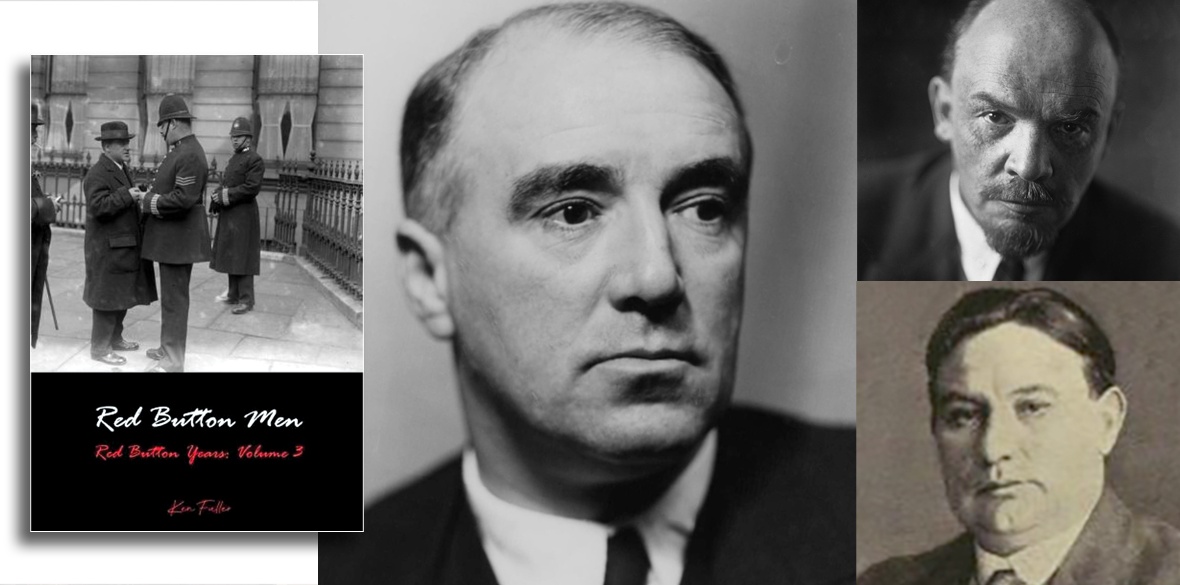This is the last article you can read this month
You can read more article this month
You can read more articles this month
Sorry your limit is up for this month
Reset on:
Please help support the Morning Star by subscribing here
Red-Button Men: Red-Button Years: Volume 3
by Ken Fuller
Independently published, £12.99
LIKE its predecessor novels, the last of Ken Fuller’s Red-Button trilogy really shouldn’t work as well as it does.
Once again, here is a novel dominated by lengthy and detailed accounts of political leftist debates and precise reconstructions of militant trade union machinations in the face of both employer and in-house opposition from both right-wing and ultra-leftist factions alike.
Yet, as before, Fuller has produced a breathtakingly fascinating novel that entertains and informs the reader in equal measure.
Red-Button Men is set in the years immediately after WWI and so operates within the deepening capitalist fightback abroad against the new Soviet state and at home as the modest economistic gains achieved by British trade unions the previous decade are rolled back.
Mickey Rice reassumes his role as Fuller’s principal and principled proletarian Everyman, exemplifying through words and deeds the hallmark internationalism and domestic solidarity that marked out the nascent Communist Party from the compromises of the labour movement’s mainstream leadership.
Other composite characters ensure that this novel is a broad representation of worker experiences with Fuller again adept at interlocking their roles and views into a sequence of crucial and factual events.
We are, therefore, given a front-line view of most of the significant battles that dominated the first part of the 1920s: socialist efforts to appreciate and support the new regime in Moscow during the imperialist-backed wars of intervention, the formation and destruction of the Triple Alliance between the miners’, railway workers’ and transport workers’ unions and the events leading up to the formation of the Communist Party.
Real-life characters are treated with an appropriate level of verisimilitude. Lenin forensically quizzes Raymond Williams’s hyperbolic assertions about the immediate growth in British communist influence, while a not-unsympathetically portrayed Ernest Bevin is shown constructing through patience and presence the mighty Transport & General Workers’ Union.
What will turn out to be later significant members of the Communist Party, including Andrew Rothstein and Harry Pollitt are here displayed in the first flush of their youthful radicalism and organisational discipline.
Fuller continues to develop his fictional characters as three-dimensional human beings and there are nervous and touching moments as Mickey and his close comrade Dick Mortlake worry over the respective spouses’ softening commitment to the movement.
There is some leavening humour here as well; not least during the episode where Mickey and his wife endure an experimental concert and come away mystified at Francis Poulenc’s eclectic style.
The book ends rather abruptly (this is by far the shortest of the three novels) as the Red-Button activists of the title achieve their objective and gain recognition as a subsection in Bevin’s new behemoth.
Yet this is a minor quibble when set against the novel’s impressive blend of detailed research, exemplary characterisation and passionate understanding of the revolutionary spirit, even — maybe especially — at times of challenge and opposition.









